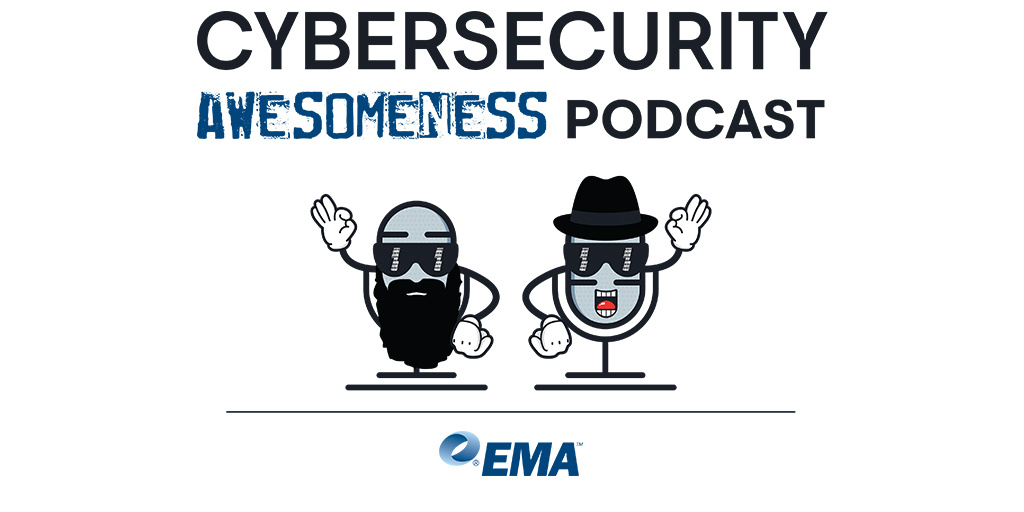The recent conclusion of Black Hat USA 2025, which saw over 20,000 security professionals converge in Las Vegas, served as a powerful barometer for the state of the cybersecurity industry. The event, with its more than 100 briefings and 115 in-person tool demos, underscored the continued evolution of the threat landscape. The conversations in the business hall and around the conference revealed a cybersecurity world trying to grapple with new forms of risk, a shifting vendor landscape, and an ever-expanding attack surface that now extends to every corner of our digital lives.
Agentic AI – New Risks and New Capabilities
The most dominant theme at Black Hat was the undeniable rise of artificial intelligence as a dual-edged sword. Plenty of vendors enthusiastically showcased their AI-powered defensive capabilities. The business hall was teeming with solutions promising to automate security operations, with AI agents designed to triage alerts, summarize complex threat data, and even initiate automated responses. This move toward AI-driven security is a direct response to the persistent problem of analyst fatigue and the massive scale of data security teams must process daily. AI is no longer just a buzzword; it's being woven into the fabric of security products to increase efficiency and speed. However, the more sobering side of the conversation focused on the offensive use of AI. Several speakers highlighted how threat actors are leveraging generative AI to create more sophisticated and scalable attacks. More disturbingly, there were discussions around the use of generative AI to craft malicious code and create deepfakes for social engineering attacks, blurring the lines between what is real and what is a digitally fabricated deception. If there was a single takeaway from this year's conference, it is that we are no longer just fighting human adversaries: we are in a battle against human ingenuity amplified by AI.
A Different Breed of Supply Chain Attacks: The AI Supply Chain
As AI becomes a central part of business operations, a new and critical attack surface emerged: the AI supply chain. With companies integrating AI-powered tools and agents into their workflows, security concerns are no longer limited to traditional networks and endpoints. The conference placed a significant focus on the security of these new systems. Talks addressed vulnerabilities in the AI software supply chain and the pressing need for robust controls to prevent attacks like prompt injection, in which malicious input can manipulate an AI model's behavior. Conversations also centered on agentic identity control, a nascent but vital field. As AI agents gain autonomy and access to sensitive data and systems, controlling their identity and permissions becomes paramount. The risk of a compromised AI agent acting maliciously within an organization is a nightmare scenario that many are now confronting. Additionally, a major concern raised was the accidental leakage of sensitive corporate data into public AI platforms, underscoring the urgent need for policies and technical controls to manage AI adoption securely.
XDR and SIEM: The Lines are Getting Blurred
Some might argue that the war between the various solutions to detect, respond, and monitor your security infrastructure has been going on for years. There have been recent shifts in vendor strategy, though, particularly in the extended detection and response (XDR) space. For years, XDR was positioned as the successor to traditional EDR, providing a more holistic view by correlating data from endpoints, networks, and cloud environments. However, at Black Hat, a clear trend emerged: major XDR providers are now actively expanding into the SIEM market. By integrating SIEM capabilities, these vendors are aiming to create a truly comprehensive security analytics platform. This addresses a core issue for many customers: alert fatigue. By consolidating data from an even wider range of sources, including legacy systems and third-party tools, these unified platforms promise to provide better context and more actionable intelligence. The distinction between XDR and SIEM is becoming increasingly blurred, with the most successful vendors positioned to offer a single, powerful platform that does it all.
Same News, Different Day: New Attacks are Coming
Cybersecurity professionals are continually forced to react and respond to new attacks, often using the latest innovations and the newest technologies. Black Hat 2025 demonstrated that the bad guys are relentlessly seeking new avenues of attack and moving beyond conventional targets. The theme of supply chain attacks was also pervasive, and it was clear that threat actors are now targeting vendors, including AI vendors, to achieve a downstream impact on their clients. The message for CISOs is a challenging one: security is a holistic challenge, and a breach in a seemingly unrelated vendor's system can directly lead to a compromise in your own. The future of security is about protecting the entire digital ecosystem, not just the network you own.
__________
Black Hat 2025 was more than just AI all the time, but we would be remiss if we didn't mention the overwhelming majority of vendors and attendees concerned about the impacts of AI in their environments. At the moment, the cybersecurity landscape is defined by an AI-driven arms race. To survive, organizations must secure their entire digital ecosystem, from traditional networks to new AI agents and supply chains. The future belongs to those who embrace this reality and evolve their strategies to meet these multifaceted and rapidly changing threats head-on.



